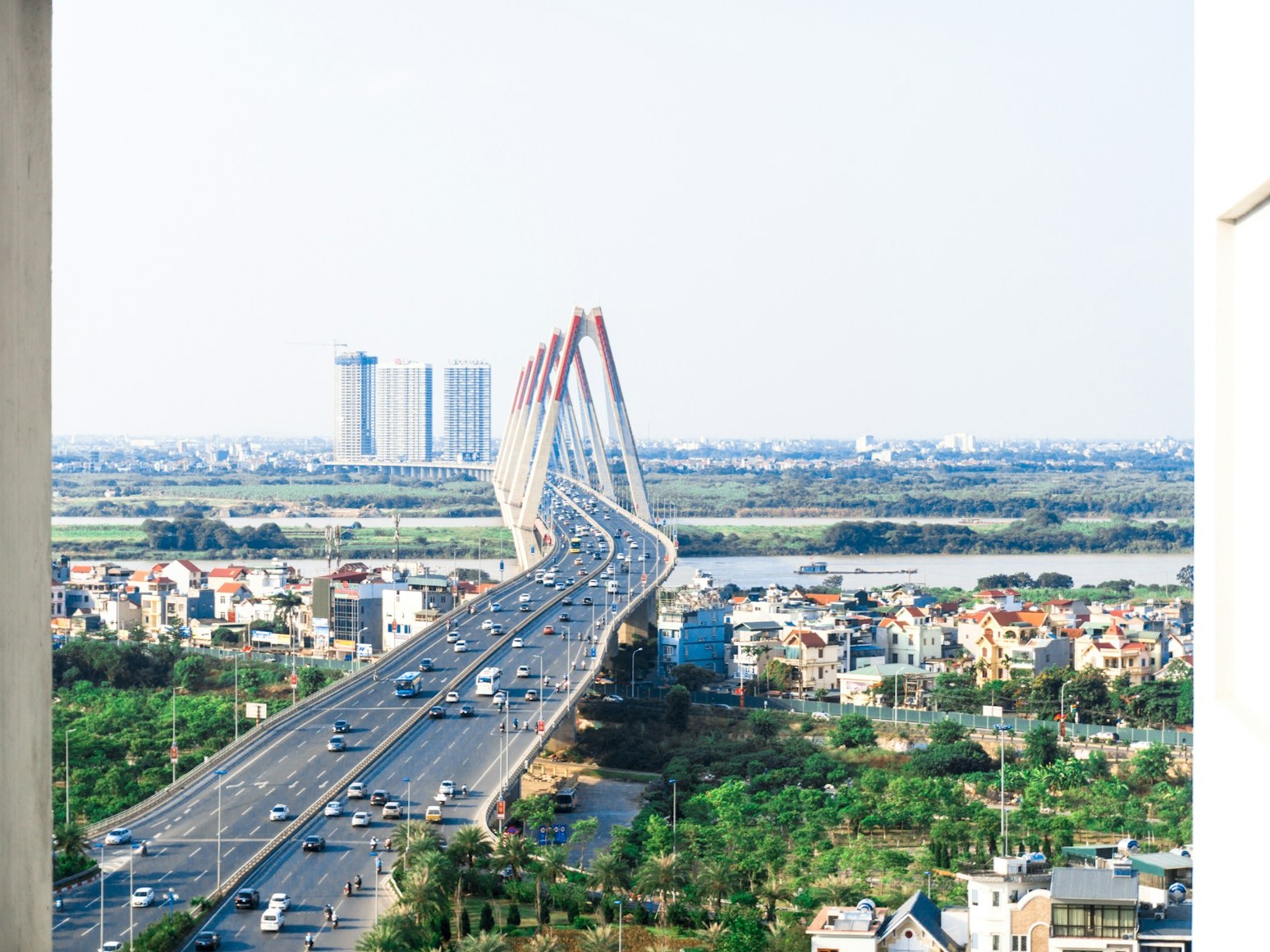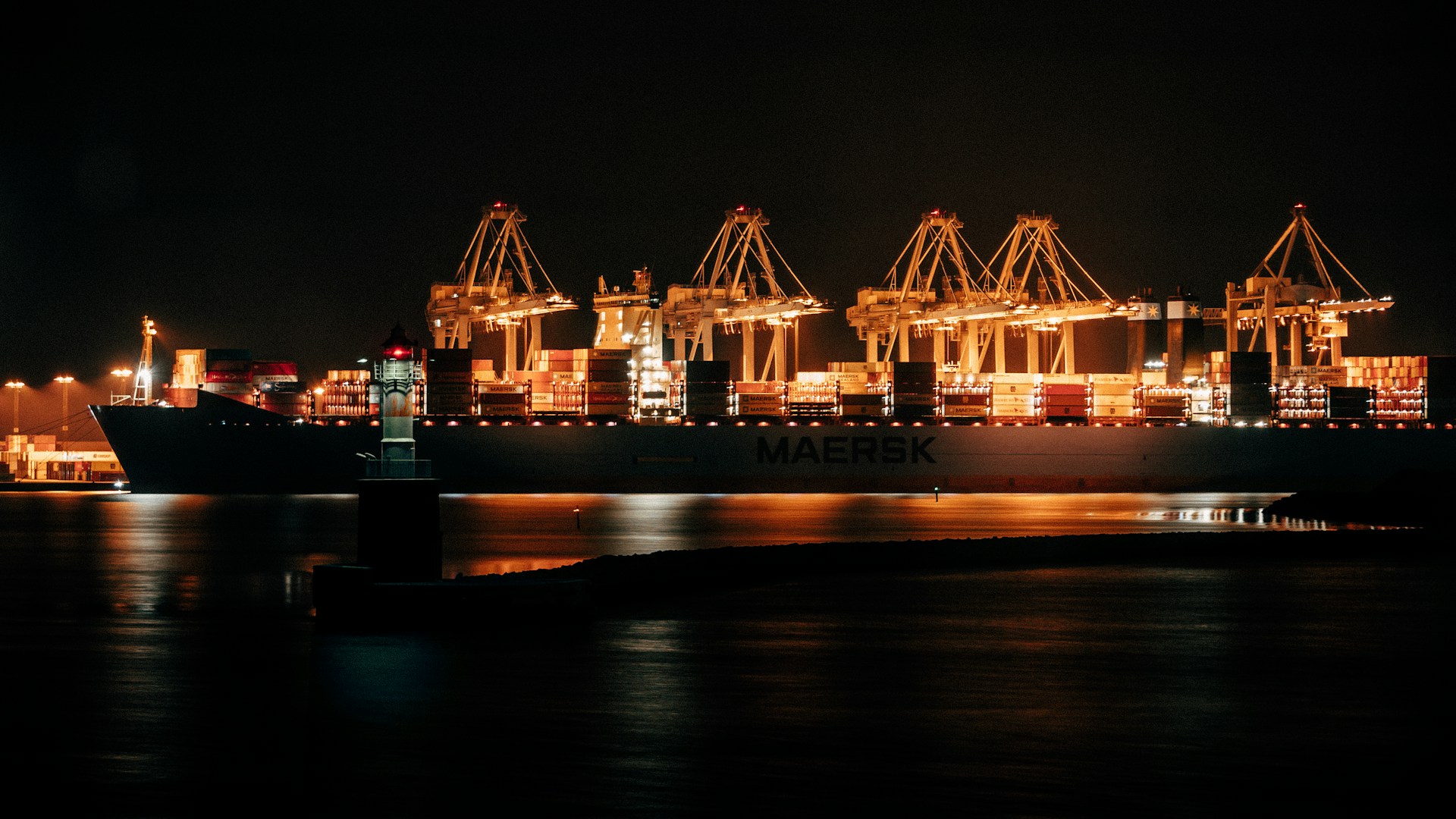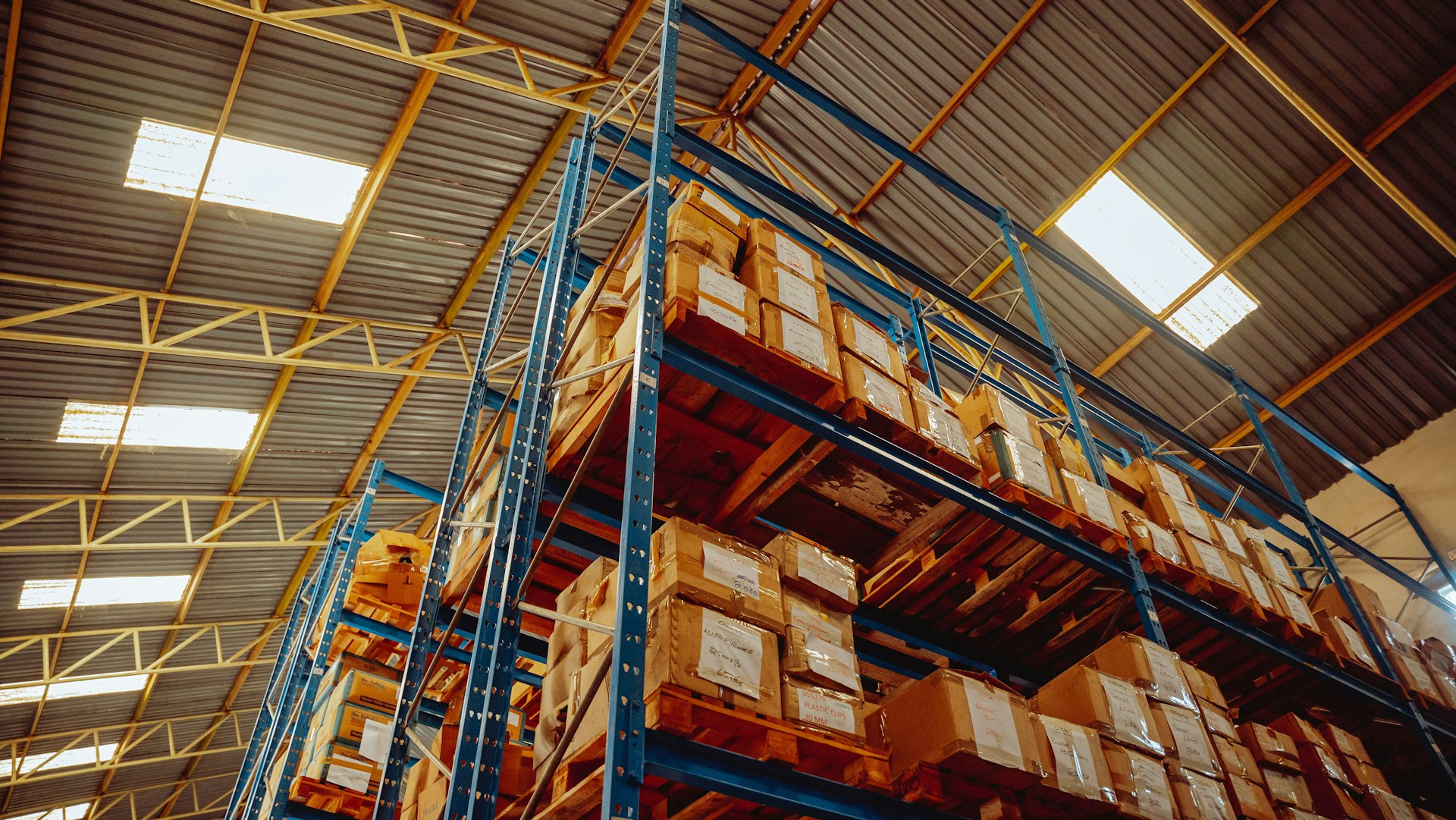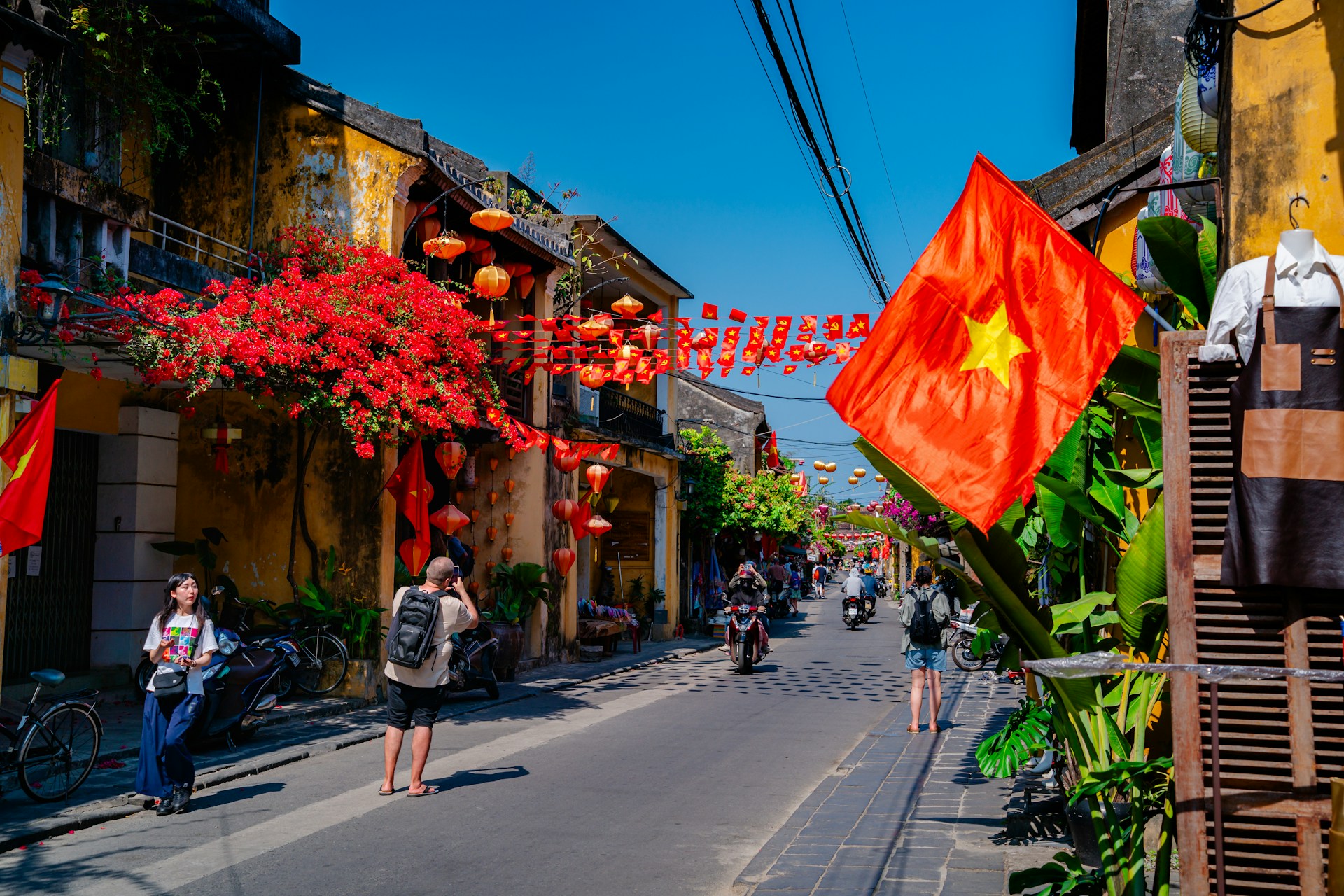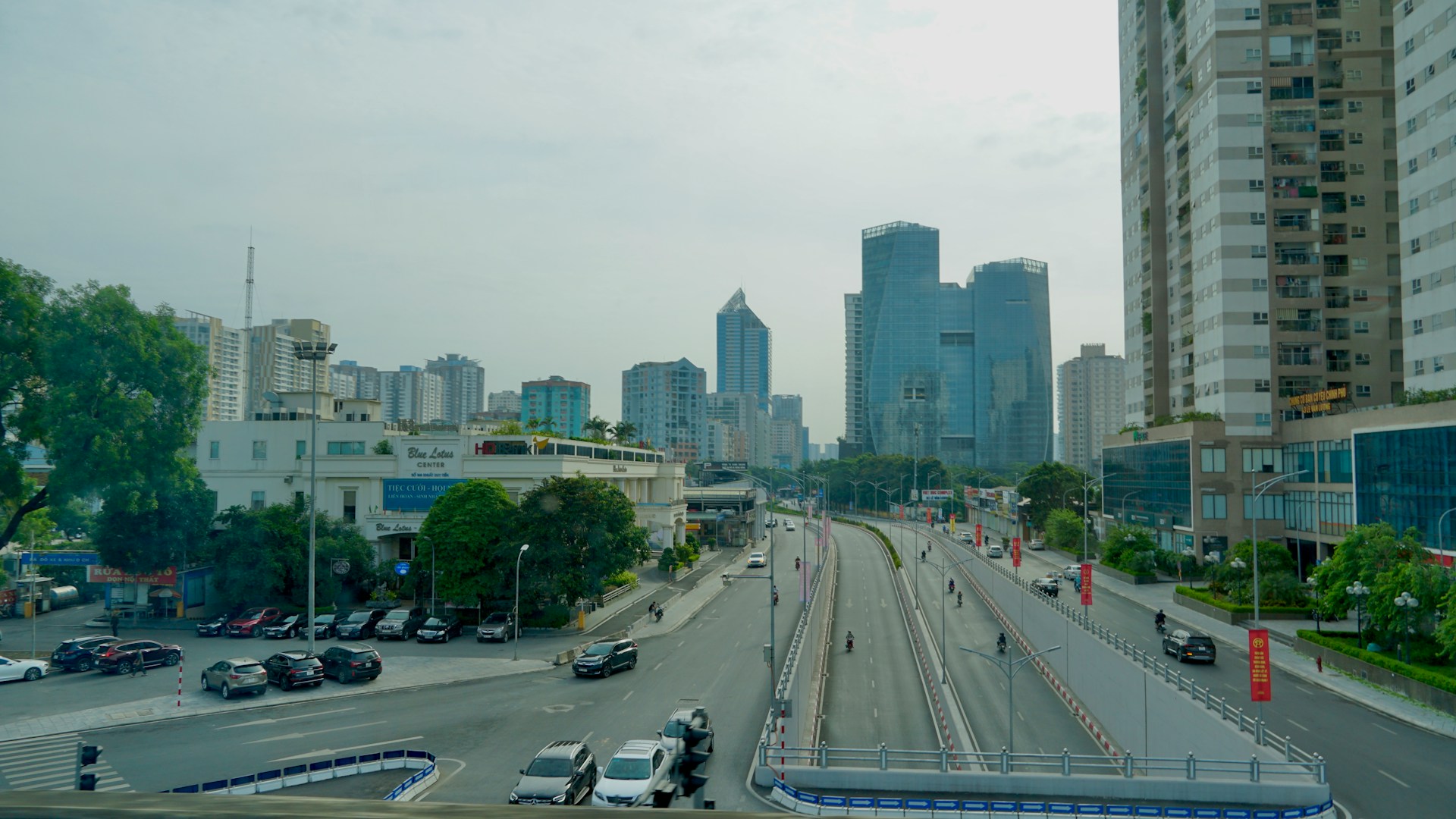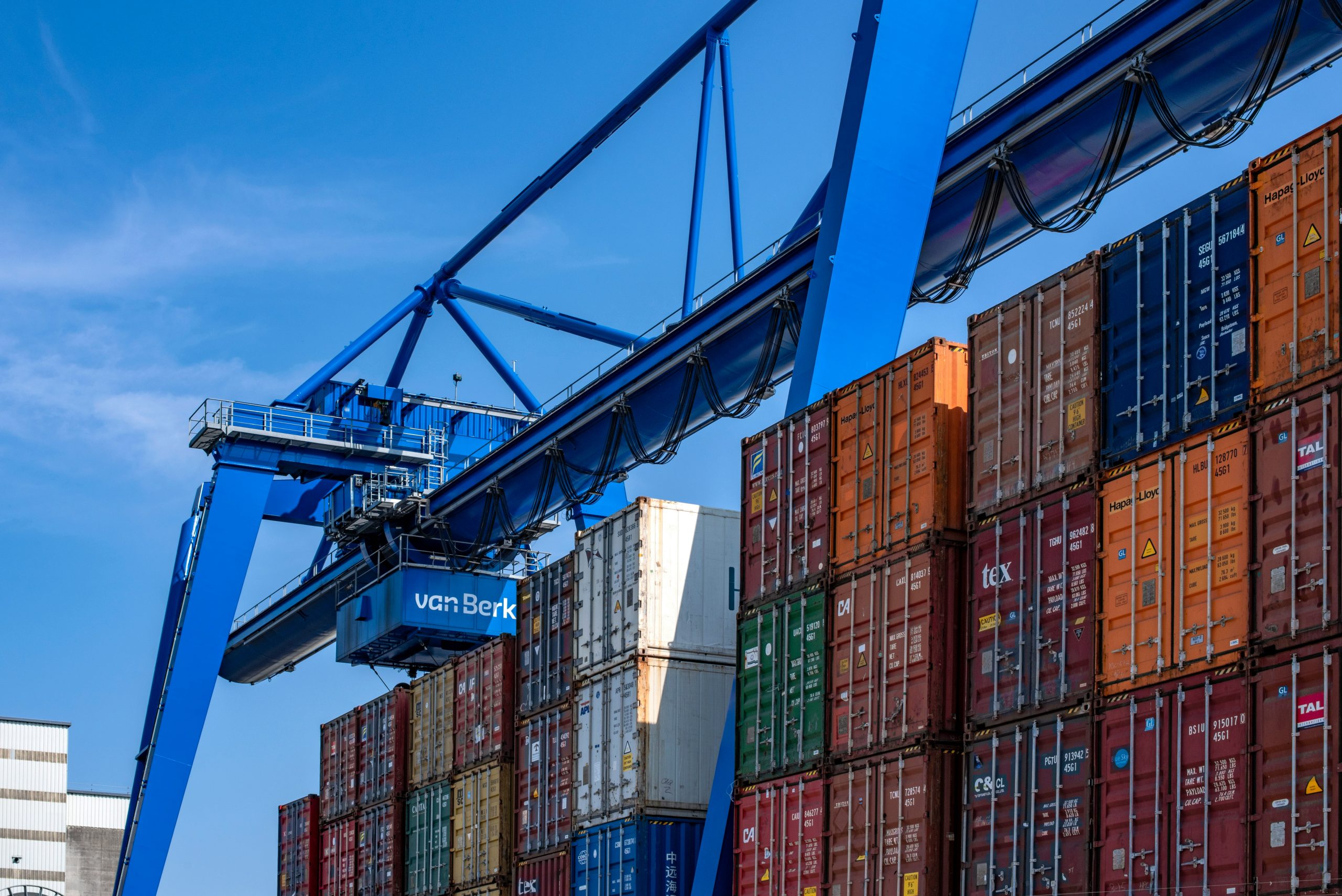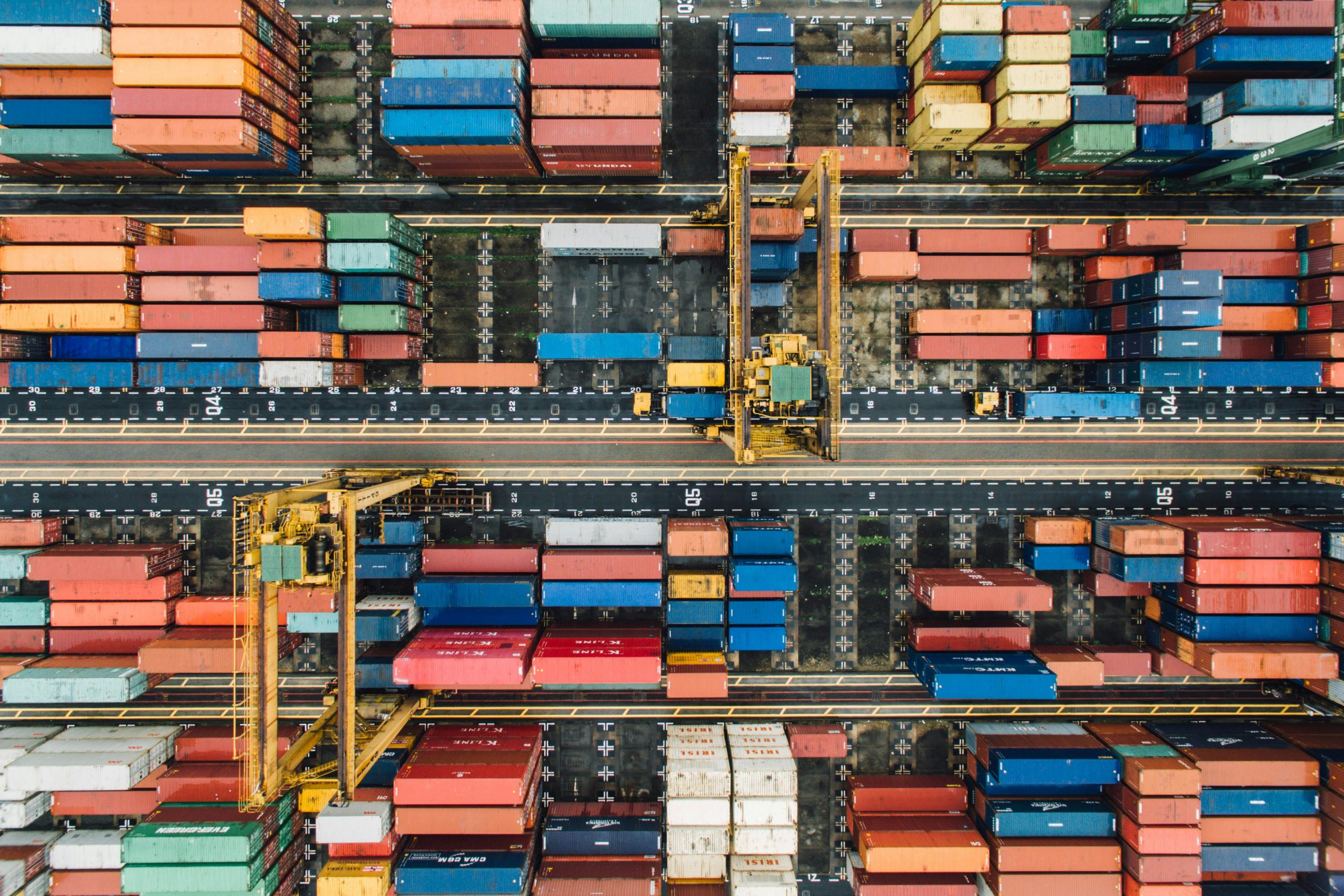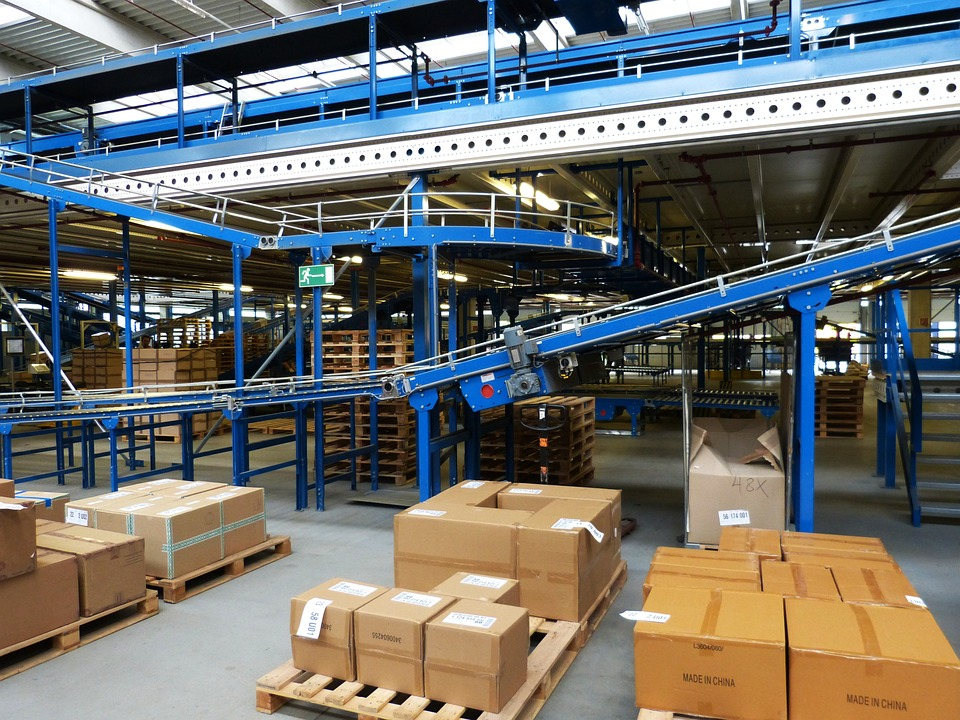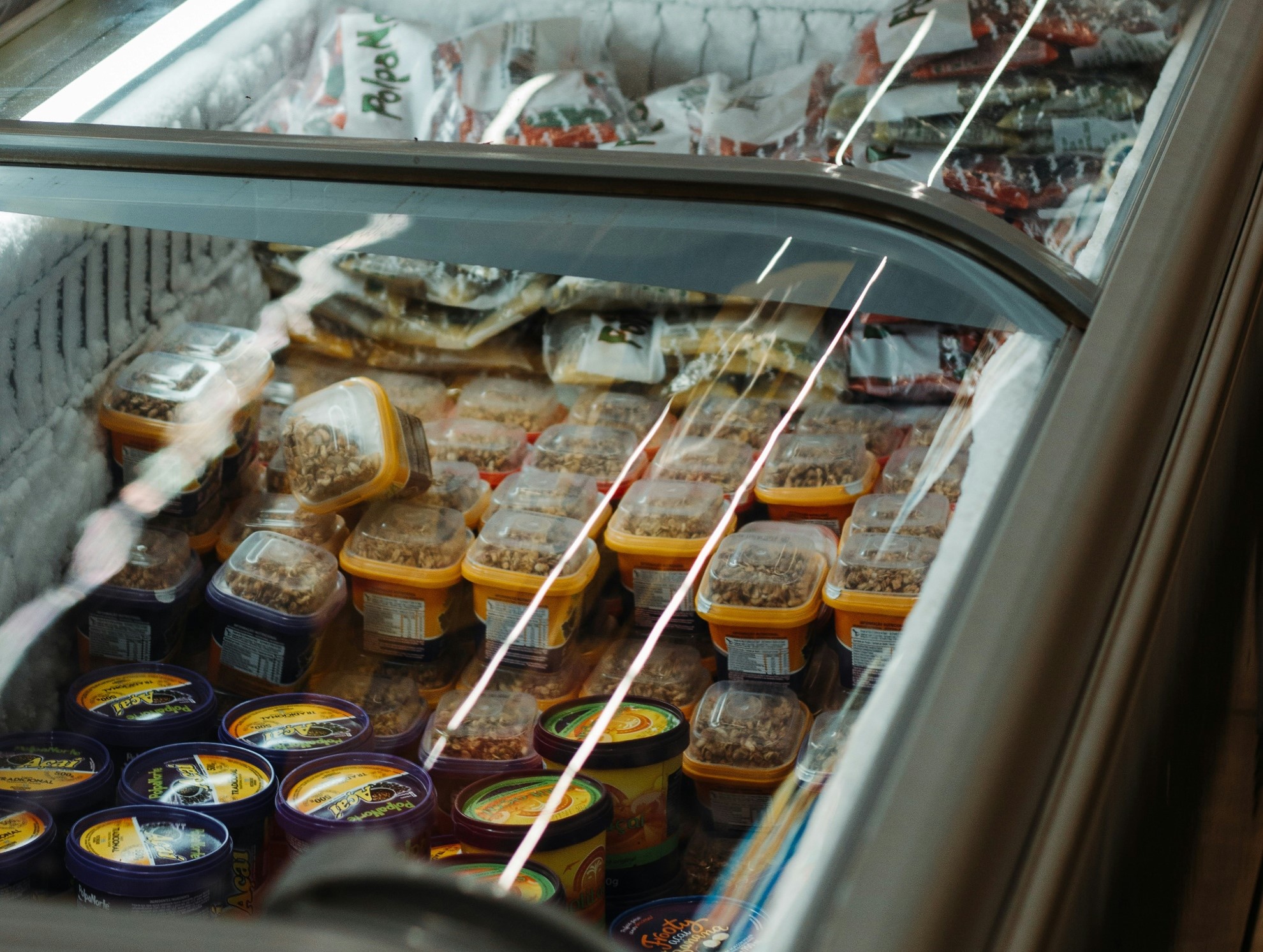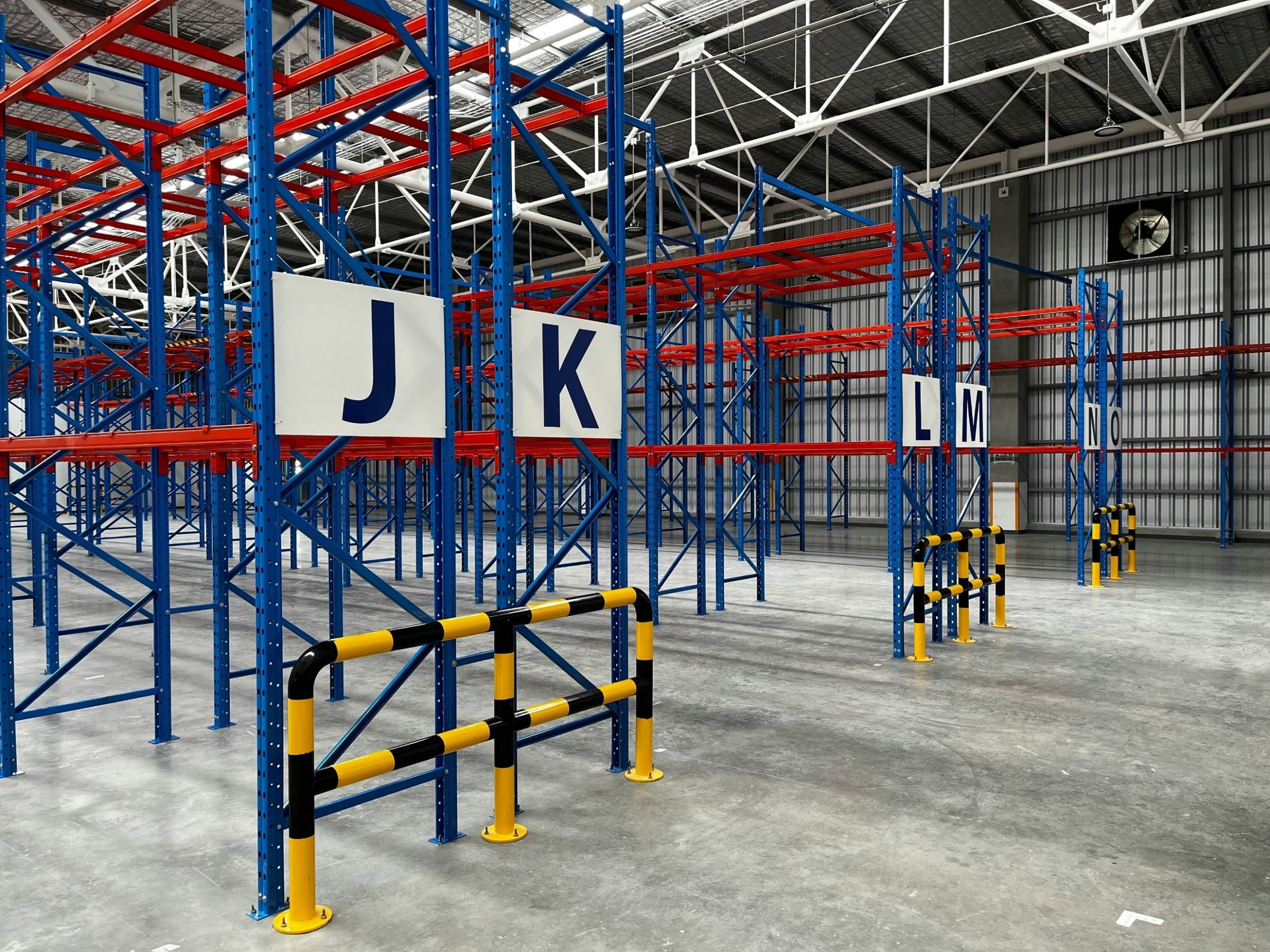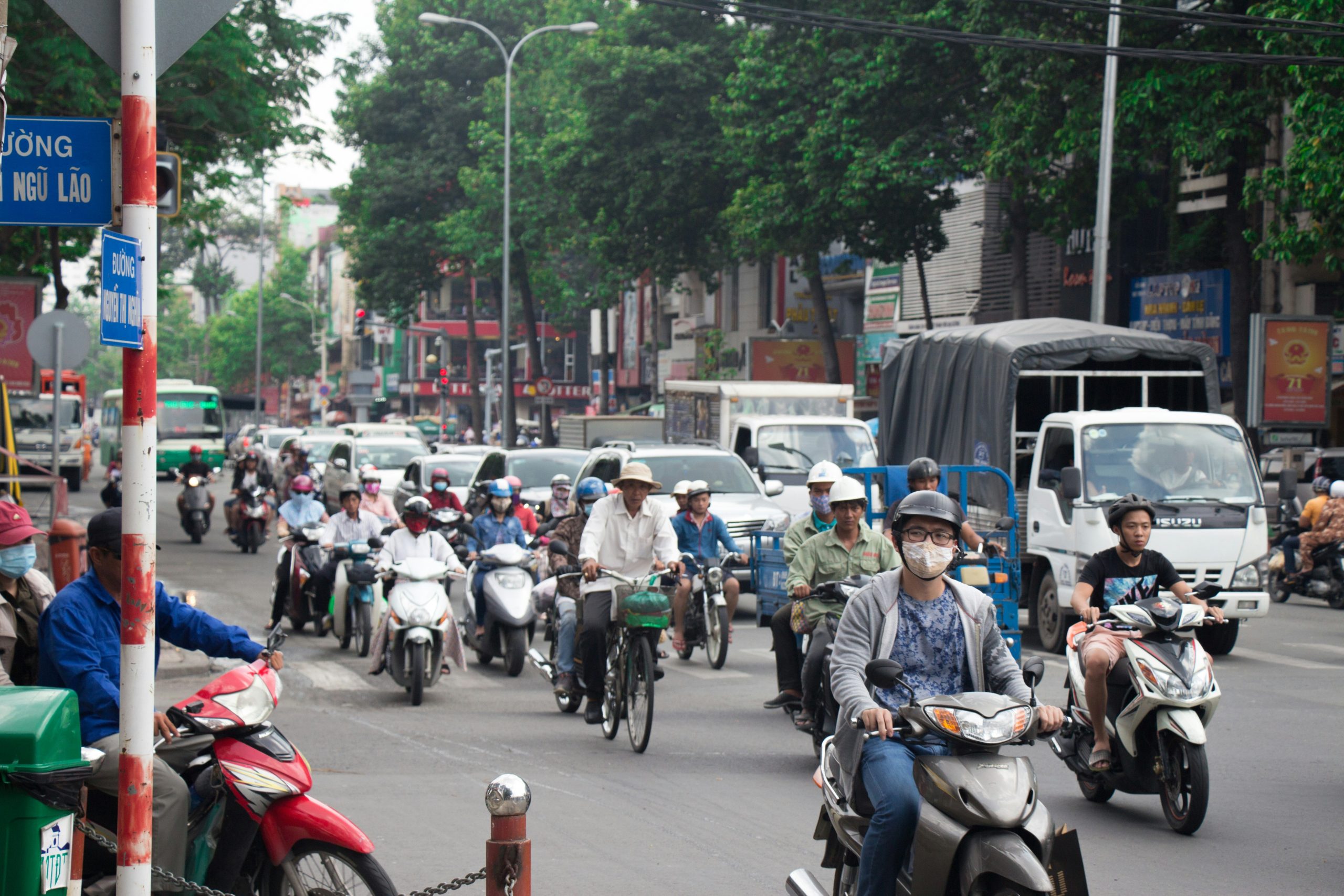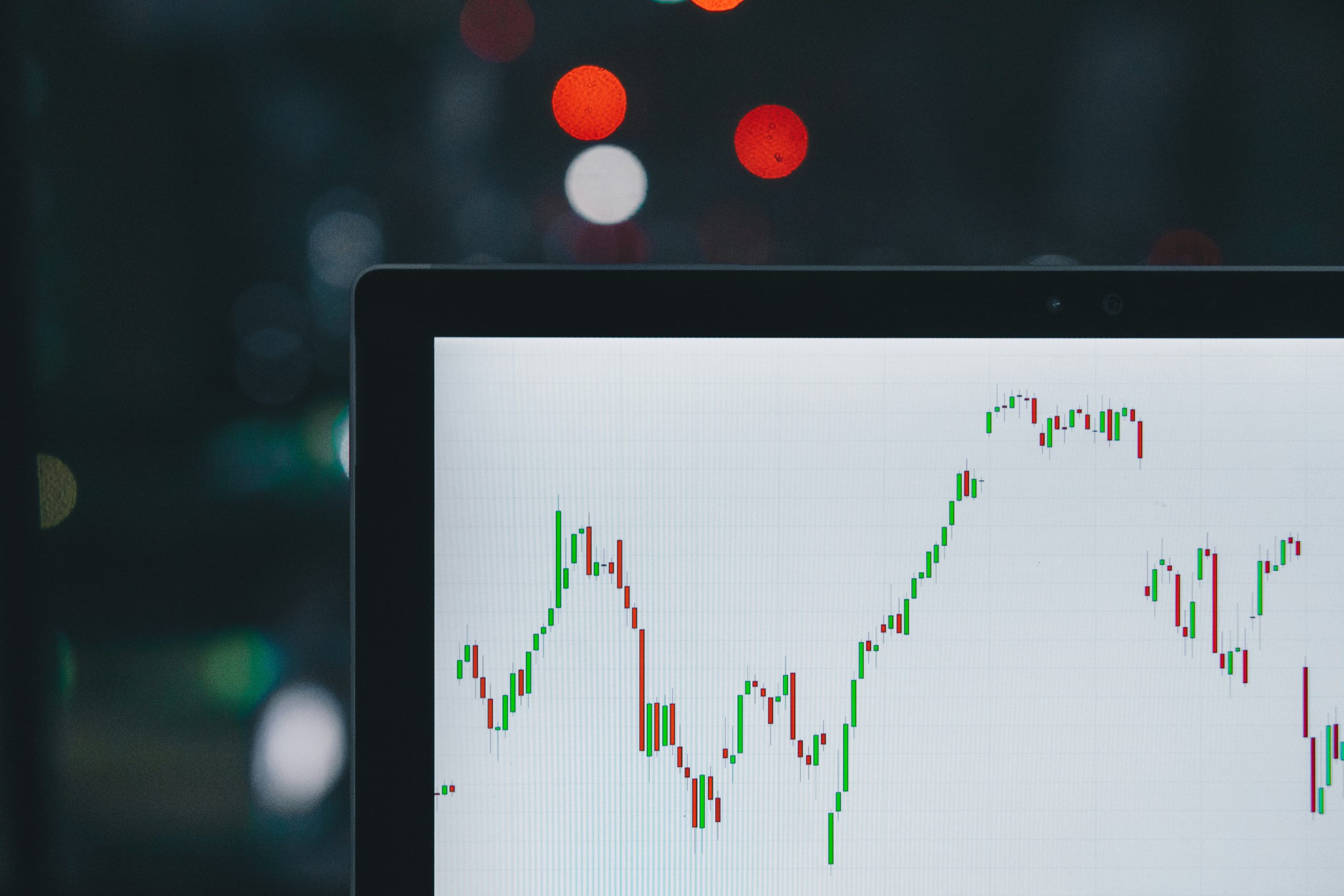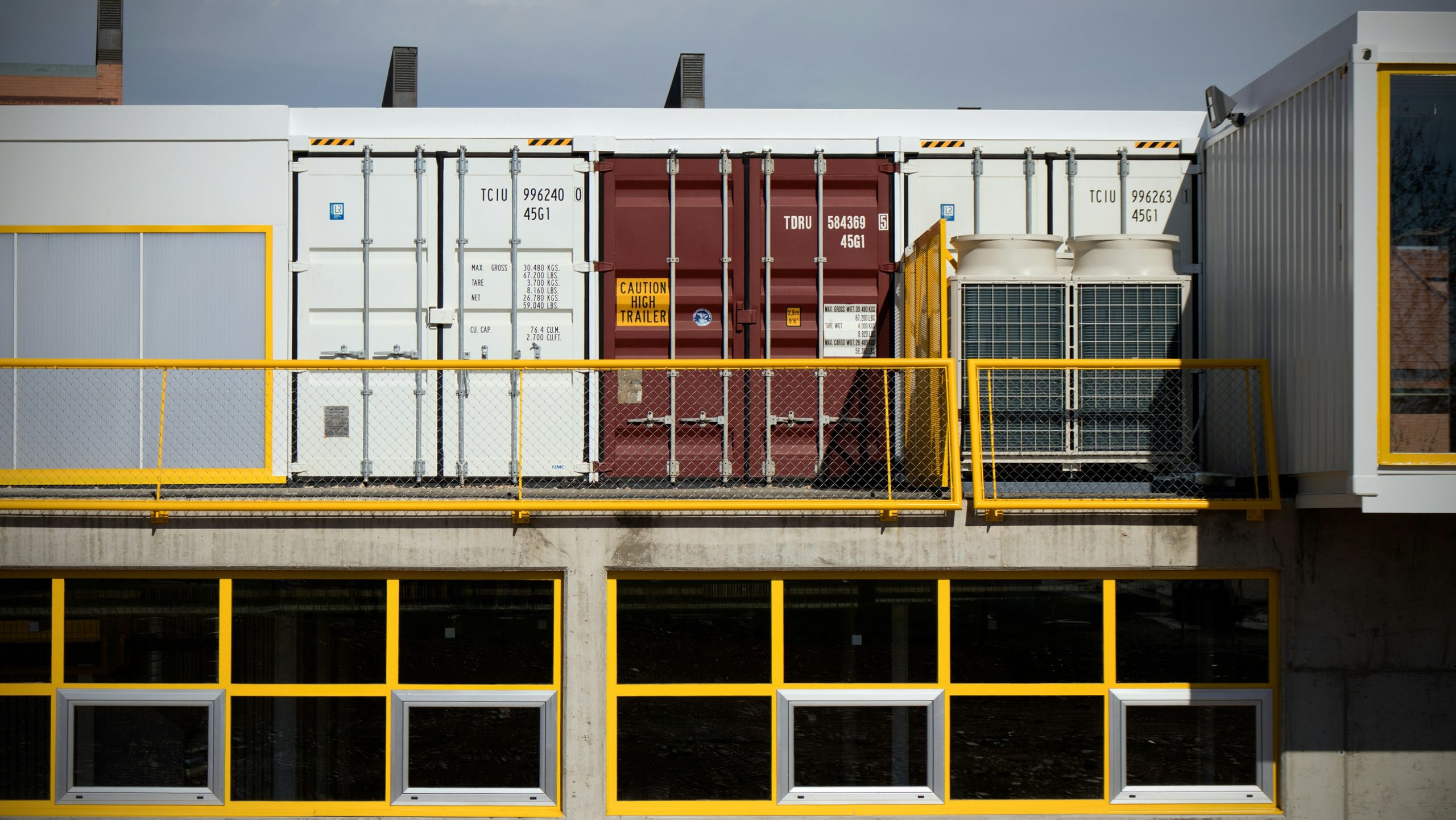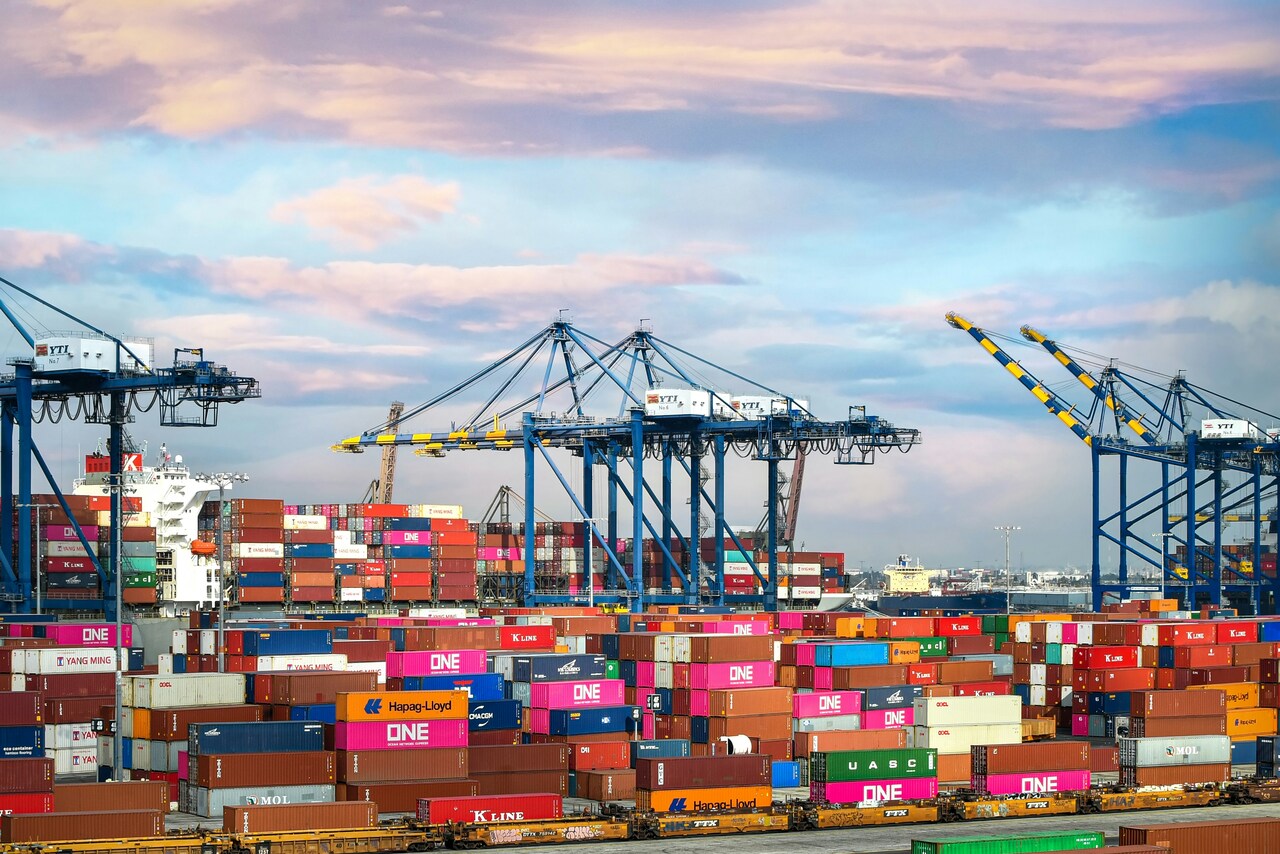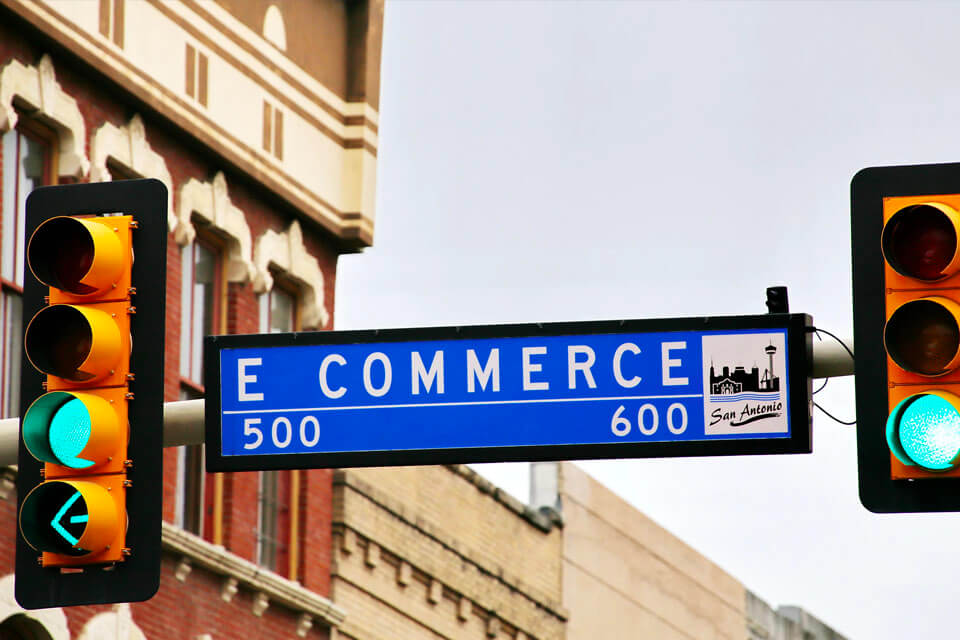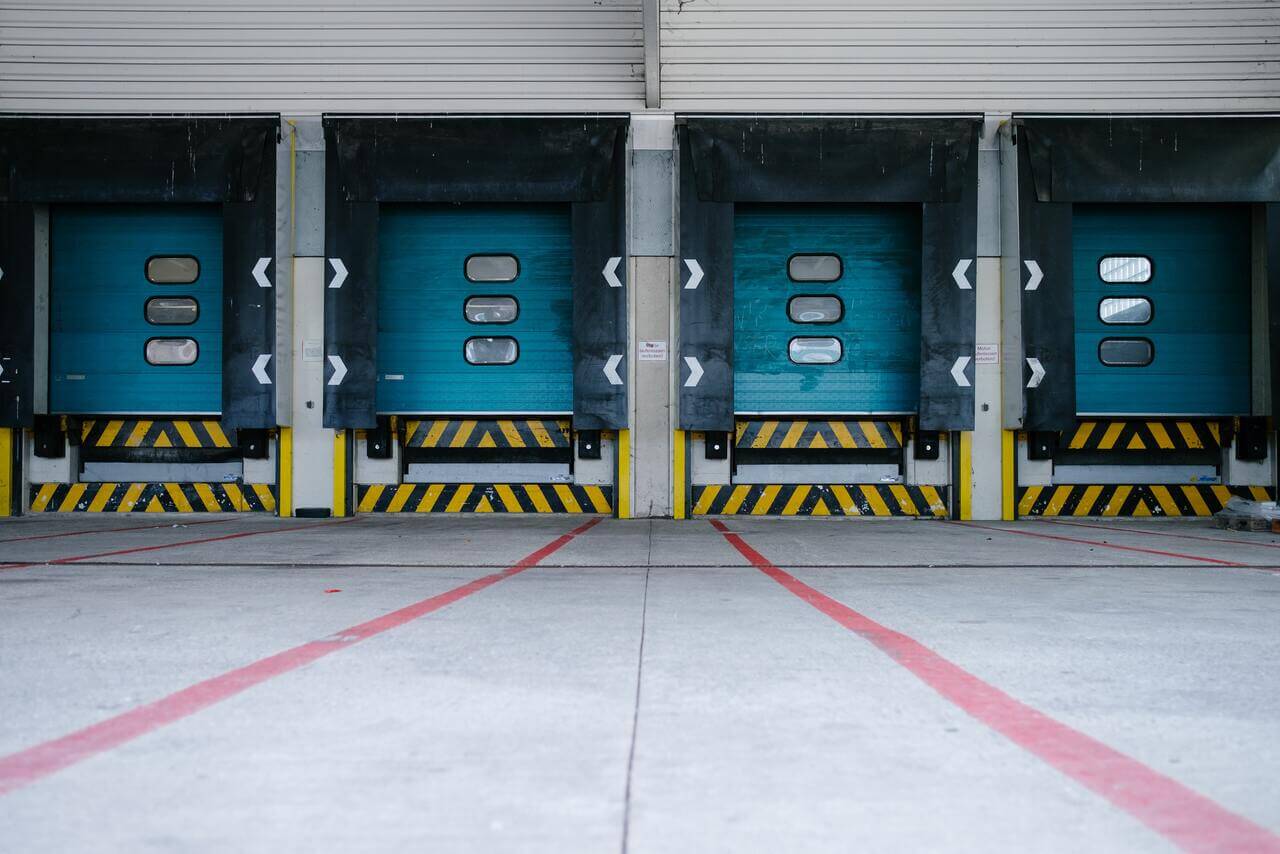
15Apr2021
Industry Reviews
Comments: No Comments.
Vietnam is blessed with a natural environment, and in 2020, it ranked 16th in the world in terms of agricultural, forestry and fishery product exports. Not only is it a place of origin, but the food processing industry has also developed in recent years, and it is attracting attention as a consumer market, with a population of 100 million people moving into the middle-income bracket. On the other hand, the added value of the food industry is not high, and the cold chain has been an obstacle, but the situation is changing.
According to a Euromonitor survey (2019), the food and pharmaceutical market, which requires refrigerated transportation in the retail market, is estimated to grow by about 10 billion USD in 2020, and the cold logistics market is estimated to grow at an average annual rate of about 20% from 2019 to 2023. As consumption shifts from fresh markets to supermarkets, consumers become more discerning and the importance of food freshness increases, driving up demand for cold chains. Recently, food waste has become a social issue, and according to a survey by CEL Consulting (2020), the waste rate of fruits and vegetables is up to 35-45%, and that of seafood is 25-30%, exceeding international standards such as those set by the Food and Agriculture Organization of the United Nations. The cold chain utilization rate for food suppliers targeting the domestic market is around 8%, leaving room for growth. Meanwhile, the utilization rate for exporters is high at around 67%, indicating that the industry as a whole has been investing in order to respond to the international market.
For more information, please see below.



